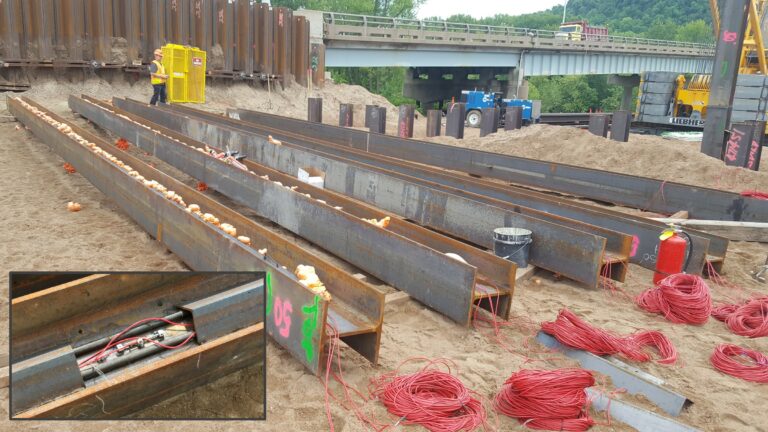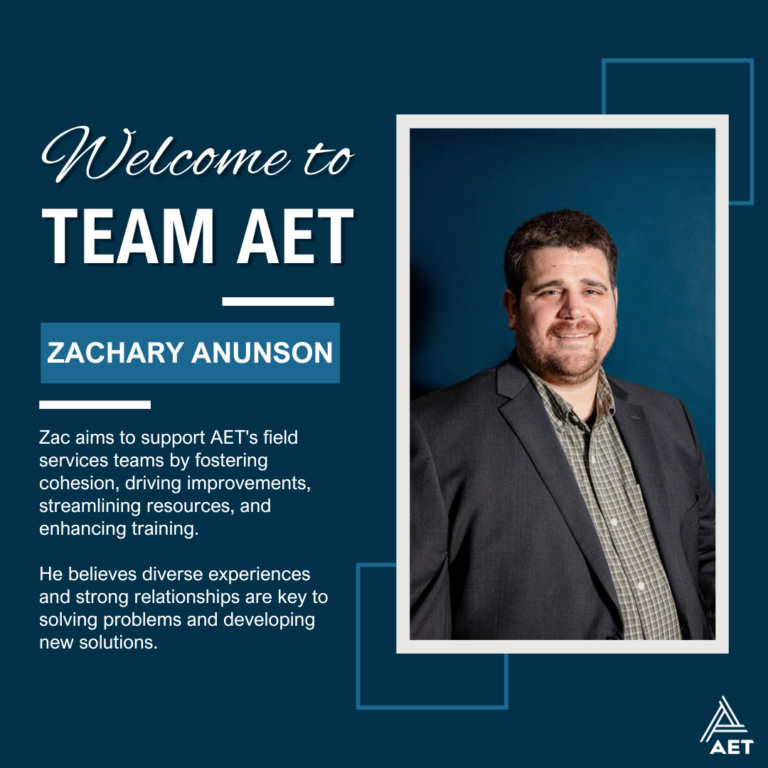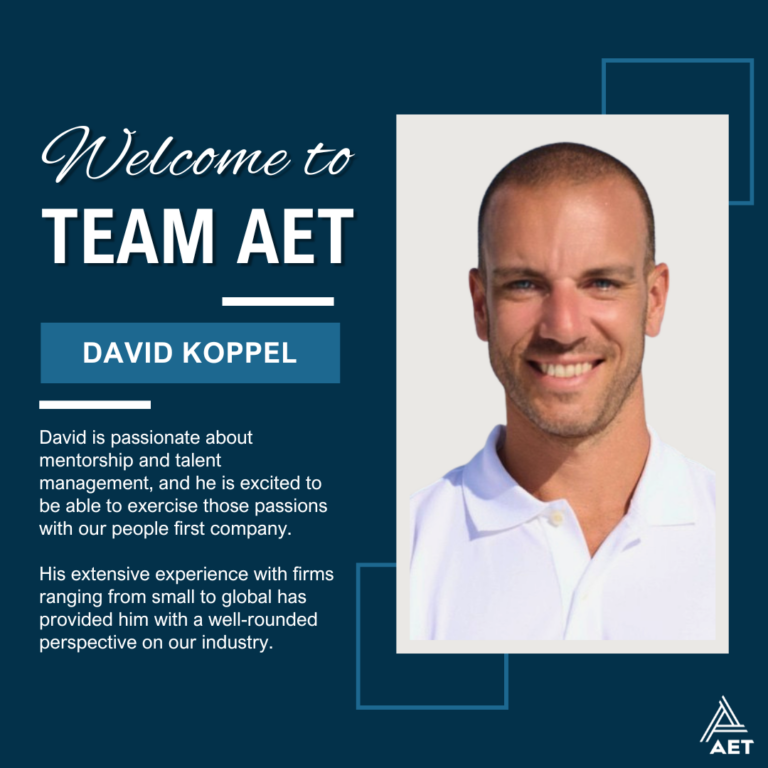The American Council of Engineering Companies of Minnesota (ACEC/MN) has selected the TH 63 Bridge over Mississippi River H-Pile Downdrag Monitoring project as the winner of a 2021 Grand Award for Engineering Excellence.
Details of the ACEC/MN award-winning project
Liang Chern Chow, P.E. and Derek Van Heuveln, P.E. of American Engineering Testing (AET) served as project leads for this unique pile monitoring project, results of which were also presented in May at IFCEE 2021 by Federal Highway Administration (FHWA) engineer Derrick Dasenbrock, P.E., D.GE.
When MnDOT engineers slated the 57-year-old Eisenhower Bridge on TH 63 near Red Wing, Minnesota for replacement, they noted severe settlement issues on the northern side. Because excessive settlement can overstress deep foundations, MnDOT decided to monitor loads on the new bridge’s steel H-pile foundation.
AET and Zenith Tech (ZTI) collaborated on this monitoring project during construction. They worked together to install strain gauges on four piles driven 150 feet below the new bridge abutment and electronically monitored them for three years. Data from these sensors let MnDOT check measured pile loads against design assumptions — to ensure the safety and performance of the new foundation.
The bridge, now renamed the Eisenhower Bridge of Valor, was successfully completed and opened to traffic in spring of 2021.
Monitoring data offers additional value to the industry
Through analysis of the monitoring data, AET, MnDOT, and FHWA engineers were also able to glean insights on the phenomenon of downdrag and observe how drag load forces developed over time. The expectation is that this understanding will improve the design of future bridges built on “soft” riverside soils, leading to savings in both time and materials.
About the ACEC/MN annual awards program
The ACEC is a federation of 52 state and regional councils dedicated to government advocacy, political action, and business education on behalf of member firms. ACEC/MN’s annual awards program recognizes engineering achievements that “exhibit the highest degree of merit and ingenuity.” Entries are judged by an objective panel based on originality and innovation; future value to the engineering profession; social, economic and sustainable design considerations; complexity; and success in meeting the client’s needs.



